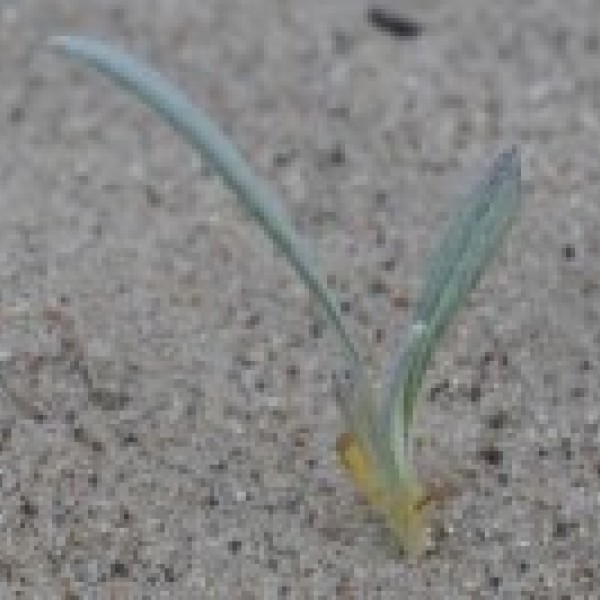
How Does Seed Head Position and Climate Affect Seedling Establishment in Cirsium pitcheri? 2017
Most of the work will be in the Seed Lab, fieldwork in Door County, WI
Ecology, Population Biology
Cirsium pitcheri (Pitcher’s thistle) is a federally listed-threatened monocarpic perennial plant that is endemic to the Great Lakes region. The species’ survival is dependent on successful seed production, seed dispersal in its wind-swept dune environment, seed germination and seedling establishment. However, despite C. pitcheri’s suitability to its environment, this species was added to the List of Endangered and Threatened Wildlife and Plants in 1988 due to its declining population as a result of lake level fluctuations, habit conversion, and more recently, seed predation by a non-native weevil, Larinus planus. Further extensive habitat degradation is also expected to occur in the future, as temperatures are predicted to increase for the Chicago and Great Lakes region. The successful restoration and preservation of this threatened thistle is therefore dependent on a deeper understanding of its habitat, reproductive biology, and seedling ecology to ensure the success of evidence-based management in the future. We are investigating the effect of temperature, and site of origin on the germination success of C. pitcheri seeds. As seed provisioning appears to be different based upon the proximal position of the seed head on an individual plant, we are also investigating the effects of head position on the probability of germination. These tests will be conducted under current and future predicted climate conditions to investigate how climate change might differentially affect plant populations and determine whether there are any specific differences in the seeds’ germination probabilities that may impact the survival of the species in the future.
